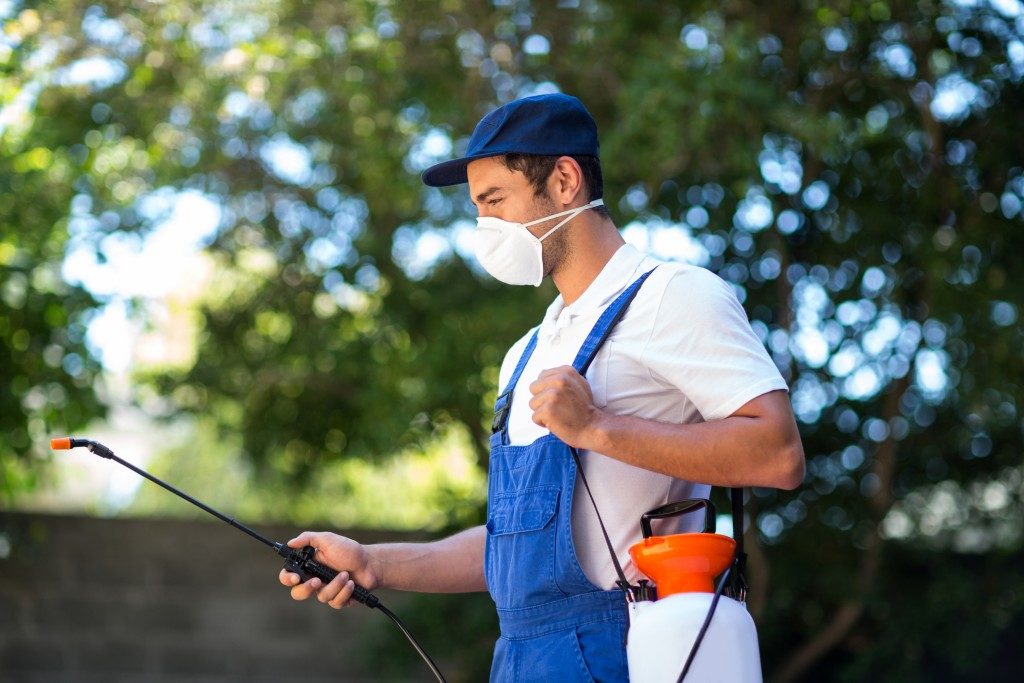Having a home inspected is a sound decision and should be done before closing the sale. You should do this to uncover any safety, health, or mechanical problems that you may have to deal with later. Here’s what you should be keeping an eye out for before buying a home.
-
General Inspection
This entails checking the basics such as the foundation, roof, electrical system, sewage system, and everything that keeps the home in good working order. Home inspectors will usually do the general inspection from the outside going in, beginning with a thorough inspection of the driveway and external. Home inspectors will be on the lookout for possible exterior issues like:
- Collapsed or hole-ridden roof
- Cracked chimney
- Wood rot on trim and outer walls
- Driveway sloping problems contributing to water penetration
- Deck or porch structural issues
- Damaged or misaligned windows
For the interior inspection, the basement is the starting point as it can have the most serious problems. Most of the major components of the home are in the basement, including the plumbing, heating systems, gas lines, as well as the home’s foundation.
-
Radon
You may be surprised to know that radon can be present in homes, and is the 2nd leading cause of lung cancer in the US. Radon is a natural by-product of radium and uranium breaking down in the soil, water, and rocks. As it is an odorless, colorless, and tasteless gas, radon is difficult to detect without specialized equipment. If you’re buying in high-radon-risk areas like Indiana, you’ll need to hire qualified inspectors to do the radon mitigation test at the home you’re buying. According to this EPA guide, a radon-positive home doesn’t mean that it’s uninhabitable—even the highest radon levels can be reduced to acceptable levels and only requires a radon-reducing system.

-
Lead Paint
Older homes likely contain lead-filled paint. It’s important to have the old paint inspected, as it can pose potential health problems. Lead paint is more dangerous for kids, since it tastes sweet. If any lead paint chips off, kids might eat them and this can lead to serious neurological issues. Remember that the seller is legally obligated to disclose lead paint in the home, and it’s about the only disclosure that every US state requires.
-
Mold
Mold can be present in any part of a home where moisture gets in. Inspect areas most likely to have mold like the basement, under the kitchen and bathroom sinks, and the attic. Don’t be immediately alarmed if you find mold in these areas as it’s not uncommon and can be easily addressed. Most types of mold are benign, but you should be on the lookout for and repair any causes of a greenish-black mold.
-
Septic Tank and Sewage System
The waste management systems of the home you’re buying have to be working properly, or you could be looking at huge repair or replacement costs. If any issues arise, such as above-ground water coming from the septic tank, you may have to call a professional to inspect and repair the tank.
By having the home inspected, you get to know what repair or maintenance costs are in store and get to know your options. If after the inspection you find that the home has too many issues, you can renegotiate with the seller, take the home as-is and make repairs later, or walk away from the deal entirely.

